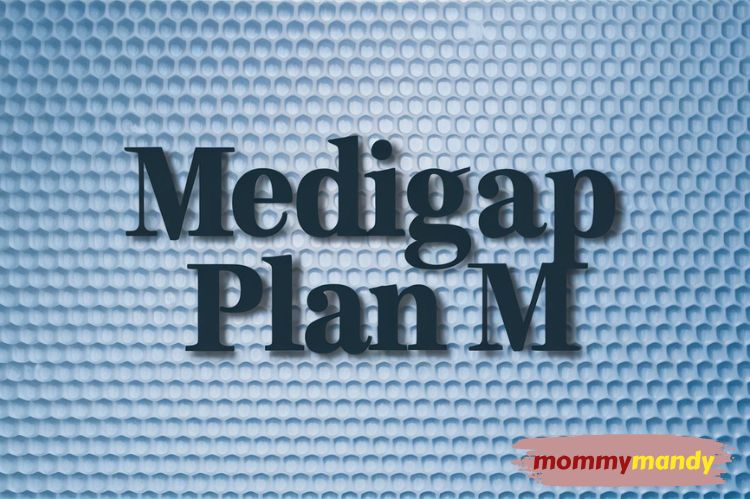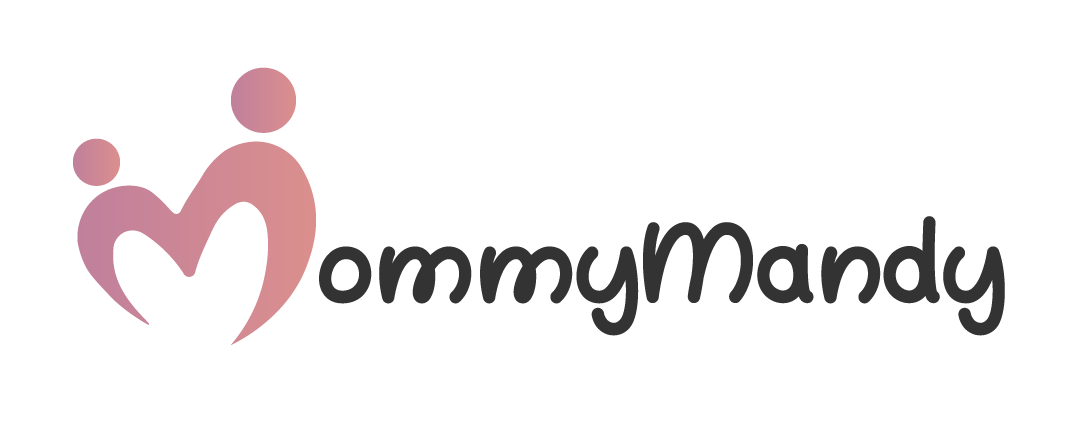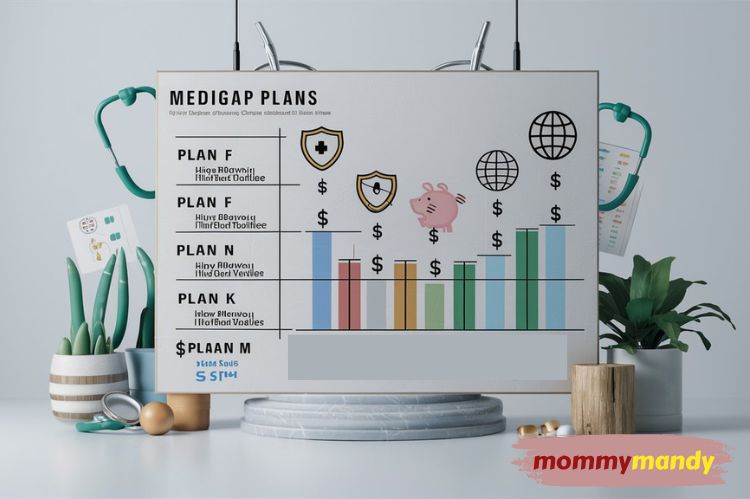Medigap plans, also known as Medicare Supplement Insurance, are private health insurance policies designed to supplement Original Medicare (Parts A and B) or fill the “gaps” in Medicare coverage. They help cover some healthcare costs that Original Medicare doesn’t fully cover, such as copayments, coinsurance, and deductibles.
In most states, there are ten Medigap plans that offer varying levels of coverage. These plans are identified by letters from A to N. With several different plans available in most states, choosing the right one can be confusing and daunting. But we’ve got you covered.
Here are five Medigap plans categorized based on different financial needs:
Comprehensive Coverage: Plan F

Plan F is a good choice for those seeking the most extensive coverage. It covers all deductibles, copayments, and coinsurance that Medicare does not, essentially leaving you with no out-of-pocket costs for Medicare-approved expenses.
It’s the ideal plan for individuals who want a worry-free healthcare experience and are willing to pay a higher premium for this convenience. However, it’s worth noting that Plan F is only available to those who became eligible for Medicare before January 1, 2020.
High-Deductible Option: High-Deductible Plan F
The High-Deductible Plan F offers a compelling choice for individuals who prefer lower monthly premiums and are comfortable with a higher deductible. It provides the same comprehensive coverage as the standard Plan F but requires you to pay a deductible before it starts covering costs.
The High-Deductible Plan F is an optimal blend of cost-efficiency and comprehensive coverage. It’s tailored for individuals who prioritize financial flexibility while safeguarding against high healthcare expenses. It’s particularly appealing for those who wish to have extensive coverage without the higher premium costs associated with the standard Plan F.
Once the deductible is met, beneficiaries enjoy the full benefits of Plan F, covering all copayments, coinsurance, and deductibles for Medicare-covered services. This makes it an excellent safety net for unexpected health issues, providing significant savings in years when medical services are minimally used.
Furthermore, the high-deductible aspect encourages more judicious use of medical services, aligning with the needs of those who generally maintain good health and prefer to manage minor healthcare costs out-of-pocket.
Balancing Cost and Coverage: Plan G & Plan N

Plan G offers a middle ground between comprehensive coverage and affordable premiums. It covers everything Plan F does except the Medicare Part B deductible. This slight difference can mean lower monthly premiums, making it an attractive option for seniors or others willing to pay a small annual deductible in exchange for significant savings.
Plan N, on the other hand, is a much more budget-friendly option, especially for those willing to pay minor out-of-pocket costs for certain services. It has lower monthly premiums than Plan G because it offers slightly less coverage, particularly for Part B copayments and excess charges.
When considering between plan G vs plan N, it’s important to understand the trade-offs. Plan N offers lower premiums than Plan G but requires copayments for doctor visits and emergency room visits that don’t result in an inpatient admission. Additionally, Plan N doesn’t cover the Medicare Part B excess charges that Plan G does. This comparison is crucial for balancing monthly premiums and out-of-pocket costs.
To sum it up, Plan G might be better for those who prefer more predictable costs. Conversely, Plan N suits those willing to pay lower premiums and accept some copays for lower-cost medical services.
Economic Choices: Plan K and Plan L

Plan K and Plan L are designed for those seeking lower premium costs while still having protection against high medical expenses. Both plans cover a percentage of your Medicare Part A and B costs, hospice care, and skilled nursing facility care, but with an annual out-of-pocket limit.
Plan K is particularly suited for those looking to lower their monthly premium costs while still having a robust safety net for significant healthcare expenses. It’s designed for individuals with moderate healthcare needs, covering a percentage of most Medicare-covered services up to a predetermined annual out-of-pocket limit.
This makes it an appealing choice for those who want financial protection against high costs, as it promises to cover 100% of covered services for the remainder of the calendar year once the spending limit and the Medicare Part B deductible are met.
On the other hand, Plan L is a step up in terms of coverage. It offers a higher percentage of costs covered until the out-of-pocket limit is reached, in exchange for slightly higher premiums than Plan K.
It’s ideal for individuals who anticipate needing more healthcare services, providing a better cushion against Medicare’s coverage gaps with a more manageable out-of-pocket limit. This plan strikes a balance between keeping premiums affordable and reducing out-of-pocket expenses before full coverage kicks in.
It’s more suitable for those who seek more comprehensive coverage but are still mindful of their budget.
Lower Medical Fees Abroad: Plan M

Plan M is an attractive option for those who love to travel and want a plan that provides substantial coverage abroad. It doesn’t include the Medicare Part B deductible, but it does provide 50% coverage of the Medicare Part A deductible. Additionally, it offers complete coverage for Part A coinsurance and hospital expenses for an extra 365 days after Medicare benefits have been utilized.
It also includes foreign travel emergency healthcare coverage, which can be a lifesaver for unexpected illnesses or injuries abroad. Hence, it’s an excellent option for those who plan to spend part of the year outside the United States and want to ensure they have access to emergency medical care when needed.
Final Thoughts
The right Medigap plan depends on your financial situation and healthcare needs. To determine it, conduct a deliberate analysis of each plan’s advantages and associated costs to ensure necessary coverage without excessive expenditure on premiums. If unsure, seeking professional advice is always recommended.
Read Next: Does Drinking Sprite Help With Sore Throat?
Introducing Valeria Trevor, your trusted companion in the journey of parenthood. Dive into Valeria’s expert insights on all things baby, living, pregnancy, and toddlers, guiding you through the precious moments and challenges of early childhood development.

